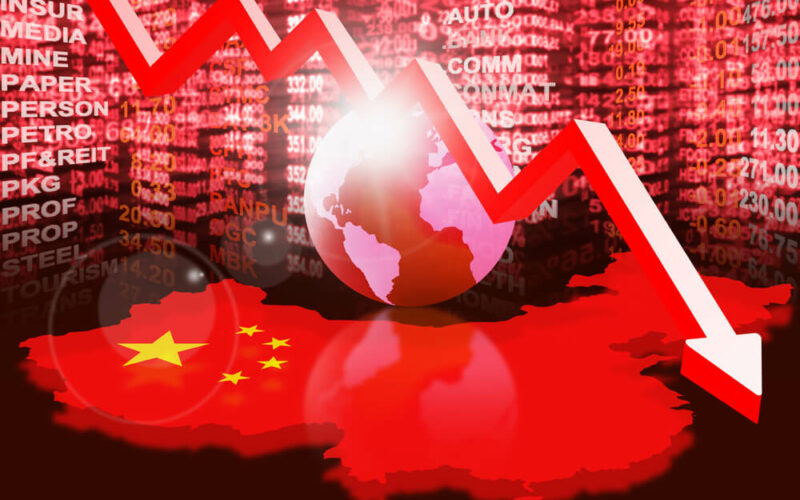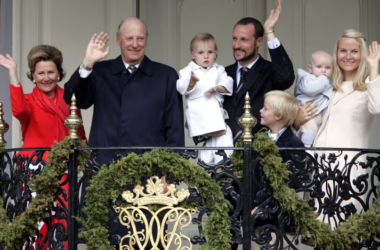China reported mixed economic data on Friday, highlighting slower growth in consumer spending while industrial activity remained robust. Retail sales in April rose by 2.3% year-on-year, falling short of the 3.8% increase forecasted by a Reuters poll and below the 3.1% growth seen in March, according to the National Bureau of Statistics.
Despite the slowdown in retail sales, industrial production surged by 6.7% in April compared to a year ago, surpassing the expected 5.5% growth and marking a significant increase from 4.5% in March. This suggests that while consumer activity is lagging, industrial sectors are driving economic performance.
Fixed asset investment increased by 4.2% in the first four months of the year, which was less than the anticipated 4.6% rise. Real estate investment, in particular, continued its downward trend, declining by 9.8% year-on-year for the same period. Infrastructure and manufacturing investments also saw a slight deceleration from March levels.
The urban unemployment rate remained stable at 5% in April. The statistics bureau indicated that detailed unemployment data by age group would be released soon.
Retail sales showed a brighter picture during the recent holiday period from April 29 to May 3, growing by 6.8% year-on-year, according to China’s Ministry of Commerce. Home appliance sales increased by 7.9%, and automobile sales rose by 4.8%, supported by national trade-in incentives.
“Major indicators of industry, exports, employment, and prices improved overall, with new driving forces maintaining rapid growth,” the bureau said. However, Bruce Pang from JLL noted that uncertainties about future income would make some consumers cautious about spending, though he expressed optimism about improving employment data and services consumption.
The bureau explained that the April figures were influenced by the timing of the May 1 Labor Day holiday and last year’s high base. Liu Aihua, a spokeswoman for the bureau, noted that this year’s holiday did not include any days in April, unlike the previous year.
China has also launched a six-month program to issue long-term bonds to fund strategic projects, expected to have a more noticeable economic impact in the first half of the next year. Liu suggested that these ultra-long bonds could enhance market confidence.
Other April data indicated a mixed growth outlook. Exports rose by 1.5% year-on-year, in line with expectations, while imports saw an unexpected increase of 8.4%, signaling stabilizing domestic demand. Consumer prices edged up, but factory-level prices continued to decline. New loan data for April showed a significant drop, reflecting subdued borrowing demand.
The prolonged downturn in the real estate sector shows little sign of reversal, with many pre-sold apartments still under construction. Several cities have eased housing purchase restrictions recently to stimulate sales. A press conference by officials from the housing ministry, central bank, and financial regulator is scheduled to address policies for home delivery support.
Dan Wang, chief economist at Hang Seng Bank (China), predicted that the property market would stabilize by the end of next year. She noted that despite the brutal adjustment, the economy has demonstrated resilience through industrial investment and manufacturing strength.
China’s GDP grew by 5.3% in the first quarter compared to the previous year, exceeding the expected 4.6% increase. The government has set a GDP growth target of around 5% for 2024.
The EU Chamber of Commerce in China emphasized the importance of boosting domestic demand over industrial investment, highlighting the cyclical nature of recent economic pressures.
Overall, while industrial sectors show robust growth, the consumer side and real estate market reflect ongoing challenges, underscoring the need for balanced economic strategies moving forward.








